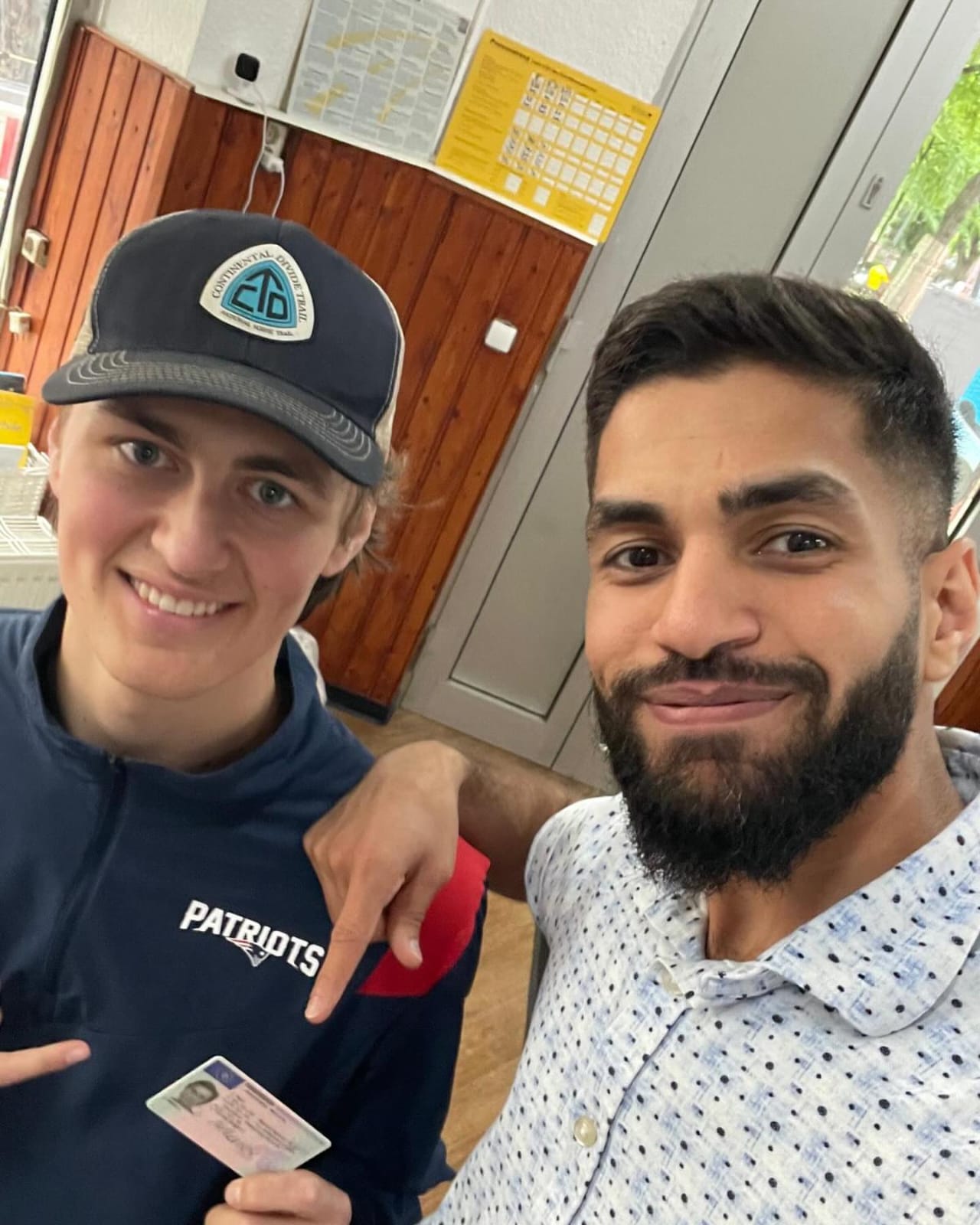15 Amazing Facts About Driving Licenses B You've Never Seen
페이지 정보

본문
Understanding Driving Licenses: Types, Requirements, and Frequently Asked Questions
Driving is an essential aspect of modern-day life, and getting a driving license is a vital milestone for many people. This article explores the various types of driving licenses available, the requirements to acquire them, and najlepsza Szkoła jazdy online responses frequently asked concerns connected to the topic. A knowledgeable point of view on driving licenses can help people comprehend the value of choosing the proper kind of license to satisfy their requirements.
Types of Driving Licenses
Driving licenses can differ in between countries and regions, but they generally fall into several significant classifications. The following table summarizes the most typical kinds of driving licenses, including their purposes and typical constraints.
| Type of License | Description | Typical Restrictions | Eligibility Age |
|---|---|---|---|
| Learner's Permit | Enables beginner motorists to practice. | Should drive with a licensed grownup. | 16-18 years old |
| Class C License | Standard license for traveler lorries. | No constraint on number of guests. | 18 years or older |
| Class A License | Business license for large cars. | Must adhere to more stringent regulations. | 21 years or older |
| Class B License | For driving buses and bigger cars. | May require unique recommendations. | 21 years or older |
| Motorbike License | For running bikes. | Should use a helmet; differs by state. | 16-18 years old |
| International License | Permits legal driving in foreign nations. | Must possess a valid domestic license. | 18 years or older |
Learner's Permit
The learner's permit is the primary step for lots of individuals venturing into the world of driving. This permit enables novice motorists to practice driving under supervised conditions, usually requiring a licensed adult over a particular age to accompany them in the lorry.
Class C License
The Class C license is the most typically held driving license, enabling people to operate basic guest cars. This license normally has less limitations compared to other categories.
Class A and B Licenses
Class A and B licenses are needed for running industrial lorries. These licenses require special training and screening, guaranteeing that drivers are geared up with the abilities needed for steering larger and more complex automobiles safely.
Bike License
Individuals interested in riding motorcycles should obtain a motorcycle license, which can require additional training and testing. Security equipment, such as helmets, is often mandated by law.
International License
A global driving license allows people to drive in foreign nations, but it is crucial to have a legitimate domestic driving license in conjunction with the worldwide license.
Requirements to Obtain a Driving License
The requirements for getting a driving license can vary considerably by jurisdiction. However, there prevail actions and requirements that the majority of applicants will encounter. Below is a list of basic requirements:
Age Requirement:
- Minimum age varies; student's permits are often released at 16, while complete licenses might need applicants to be 18 or older.
Vision Test:
- Most jurisdictions need applicants to pass a vision test to ensure safe driving abilities.
Composed Test:
- New motorists need to pass a composed exam that covers traffic laws, road signs, and safe driving practices.
Driving Test:
- Practical driving tests are carried out to demonstrate an applicant's capability to operate a car safely under different conditions.
Costs:
- Payment of application and testing charges is normally needed.
Evidence of Identity:
- Applicants must offer valid identification, such as a passport or birth certificate, along with proof of residency.
Parental Consent (for minors):
- Parental or guardian approval is frequently required for applicants under the age of 18.
Comprehending the different kinds of driving licenses and their involved requirements is vital for anyone seeking to drive lawfully and safely. Each license serves an unique purpose, catering to numerous driving requirements, from basic lorries to business transport and motorcycles. By satisfying the essential criteria and sticking to policies, striving motorists can take pleasure in the freedom of driving while guaranteeing their safety and the security of others.
Frequently Asked Questions (FAQs)
What do I require to bring when obtaining a driving license?
- You normally need to supply identification, evidence of residency, and any required application costs. Talk to your local DMV or licensing authority for specific requirements.
The length of time does it take to acquire a driving license?
- The timeline can vary based upon specific scenarios, such as how rapidly one can complete the needed tests, and whether there is a stockpile at the licensing authority.
Can I drive with a learner's permit?
- Yes, however you must be accompanied by a licensed driver and stick to constraints set by your regional laws.
What happens if I stop working the driving test?

- You normally have the option to retake the test after a designated waiting duration, which differs by jurisdiction.
Is it needed to take a driving course?
- While not always mandatory, taking a chauffeur's education course can be advantageous and is often needed for people seeking a student's authorization.
By being notified about the kinds of licenses available, the requirements necessary for acquiring one, and the associated regulations, possible drivers can navigate the procedure of acquiring a driving license with self-confidence.
- 이전글10 Wrong Answers To Common Comprehensive House Locksmith Questions: Do You Know The Right Ones? 25.07.17
- 다음글BK8 – Thiên Đường Cá Cược Trực Tuyến 25.07.17
댓글목록
등록된 댓글이 없습니다.

